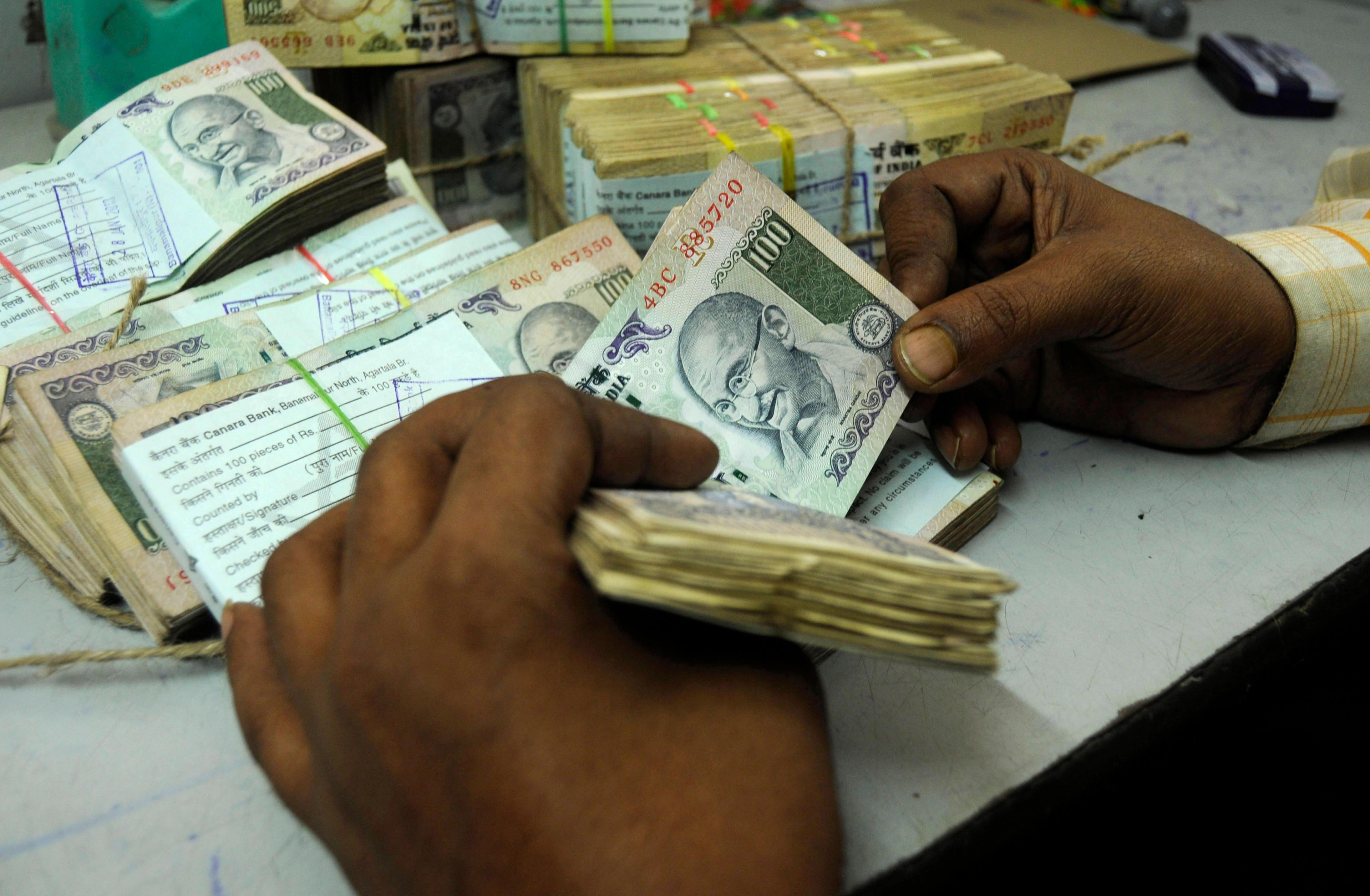India's current account deficit (CAD) narrowed to $8.2 billion or 1.6 per cent of the quarterly GDP for the three months ended December 31, 2014, according to preliminary data released by the Reserve Bank of India (RBI). This marks the lowest level of CAD since 2008 when it hovered around 1.3 per cent of the GDP.
The report stated that the reduction in the CAD last quarter was primarily on account of net exports of services which picked up on the back of an improvement in net earnings through travel and software services, and lower net outflows under primary income (profit, dividend and interest).
CAD, which captures the net foreign transactions after factoring in export earnings and import bills besides other transactions, is an important determinant of balance of payments and thereby has repercussions for the currency and credit ratings and so on.
The fall in the CAD is a welcoming news for the RBI and for the government which expects to control volatility in rupee amidst an impending rate hike by the US Federal Reserve. The US Fed, the central bank of the US, is expected to raise rates this year after keeping it close to zero for half a decade to prop up the economy.
This is expected to lead to a capital flight from emerging markets including India and such a development would put pressure on currencies. A comfortable CAD would provide some support to the rupee.
Recent figures gives the government one less thing to worry about, indicating that the government might be able to achieve its current account deficit target of 1.3 per cent that Finance Minister Arun Jaitley laid down in the first full term budget.
CAD for the April-December 2014 period is pegged at 1.7 per cent compared with 2.3 per cent in the same period a year ago.
"Looking ahead, the current account balance is likely to register a small deficit or near balance in the March 2015 quarter, leaving the FY14-15 current account gap at comfortable 1.3 per cent of the GDP compared with 1.7 per cent the year before," said Radhika Rao, economist at DBS Bank.
Though the current level of CAD looks comfortable for the RBI, global concerns are expected to mire the picture. With the euro zone and Japan struggling to find growth, exports growth is unlikely to see any major upside over the coming months. Also oil prices would play a huge part in determining the future of CAD. A rebound in commodity prices may widen the gap in the current account.
Global investment bank Goldman Sachs has revised up its forecast for oil prices for the second quarter of 2015 citing a pick-up in demand and some hiccups like geopolitical problem in Libya and sandstorms in Iraq.
If global commodity prices do not bounce back sharply, India’s CAD may well register below 1 per cent of GDP mark in 2015-16, according to Aditi Nayar, senior economist at rating agency ICRA.
Radhika Rao of DBS Bank reiterated similar views on the current account deficit specifying that the direction of oil prices would be an important determinant for the scale of improvement in next year's deficit. "The gap could narrow to 0.5-1 per cent of GDP in FY15-16 assuming prices remain around $50-60 per barrel," she said.
Meanwhile, merchandise trade deficit at $39.2 billion during Q3 2014-15 widened on a quarterly basis on account of a larger decline in merchandise exports than in merchandise imports. The government is expected to release India's foreign trade figures for February later this week.
(Edited by Joby Puthuparampil Johnson)





